cover
Software Package
Copyright
Dedication
Preface
Acknowledgments
Introduction
Historical Perspective
Materials for Glass Fibers
Origins of the Refractive Index of Glass
Overview of Chapters
References
Photosensitivity and Photosensitization of Optical Fibers
Photorefractivity and Photosensitivity
Defects in Glass
Detection of Defects
Photosensitization Techniques
Germanium-Doped Silica Fibers
Germanium-Boron Codoped Silicate Fibers
Tin-Germanium Codoped Fibers
Cold, High-Pressure Hydrogenation
Hydrogen Loading of Optical Fibers
Rare-Earth-Doped Fibers
Densification and Stress in Fibers
Summary of Photosensitive Mechanisms in Germanosilicate Fibers
Summary of Routes to Photosensitization
Summary of Optically Induced Effects
Chemical Composition Gratings
References
Fabrication of Bragg Gratings
Methods for Fiber Bragg Grating Fabrication
The Bulk Interferometer
The Phase Mask
Fabrication of the Phase Mask
The Phase-Mask Interferometer
Slanted Grating
The Scanned Phase-Mask Interferometer
The Lloyd Mirror and Prism Interferometer
Higher Spatial Order Masks
Point-by-Point Writing
Gratings for Mode and Polarization Conversion
Single-Shot Writing of Gratings
Long-Period Grating Fabrication
Ultralong-Fiber Gratings
Tuning of the Bragg Wavelength, Moiré, Fabry-Perot, and Superstructure Gratings
Fabrication of Continuously Chirped Gratings
Fabrication of Step-Chirped Gratings
Techniques for Continuous Writing of Fiber Bragg Gratings
Tunable Phase Masks
Fabrication of Long-Period Gratings
Type II Gratings
Type IIA Gratings
Sources for Holographic Writing of Gratings
Low Coherence Sources
High Coherence Sources
References
Theory of Fiber Bragg Gratings
Wave Propagation
Waveguides
Coupled-Mode Theory
Spatially Periodic Refractive Index Modulation
Phase Matching
Mode Symmetry and the Overlap Integral
Spatially Periodic Nonsinusoidal Refractive Index Modulation
Types of Mode Coupling
Coupling of Counterpropagating Guided Modes
Codirectional Coupling
Polarization Couplers: Rocking Filters
Properties of Uniform Bragg Gratings
Phase and Group Delay of Uniform Period Gratings
Radiation Mode Couplers
Counterpropagating Radiation Mode Coupler: The Side-Tap Grating
Theoretical Model for Coupling to the Radiation Field
Copropagating Radiation Mode Coupling: Long-Period Gratings
Grating Simulation
Methods for Simulating Gratings
Transfer Matrix Method
Reflection Grating
Codirectional Coupling
Phase Shifts within a Grating
General Conditions and Restrictions for the T-Matrix Method
Multilayer Analysis
Rouard's Method
The Multiple Thin-Film Stack
Grating Design
Phase-Only Sampling of Gratings
Simulation of Gratings
References
Apodization of Fiber Gratings
Apodization Shading Functions
Basic Principles and Methodology
Self-Apodization
The Amplitude Mask
The Variable Diffraction Efficiency Phase Mask
Multiple Printing of In-Fiber Gratings Applied to Apodization
Position-Weighted Fabrication of Top-Hat Reflection Gratings
The Moving Fiber/Phase-Mask Technique
The Symmetric Stretch Apodization Method
Fabrication Requirements for Apodization and Chirp
References
Fiber Grating Band-Pass Filters
Distributed Feedback, Fabry-Perot, Superstructure, and Moiré Gratings
The Distributed Feedback Grating
Superstructure Band-Pass Filter
The Fabry-Perot and Moiré Band-Pass Filters
The Michelson Interferometer Band-Pass Filter
The Asymmetric Michelson Multiple-Band-Pass Filter
The Mach-Zehnder Interferometer Band-Pass Filter
Optical Add-Drop Multiplexers Based on the GMZI-BPF
The Optical Circulator-Based OADM
Reconfigurable OADM
The Polarizing Beam Splitter Band-Pass Filter
In-Coupler Bragg Grating Filters
Bragg Reflecting Coupler OADM
Theory of the BRC
Grating-Frustrated Coupler
Side-Tap and Long-Period Grating Band-Pass Filters
Polarization Rocking Band-Pass Filter
Mode Converters
Guided-Mode Intermodal Couplers
Sagnac Loop Interferometer
Gires-Tournois Filters
Tunable Band-Pass Filters
LPG Filters
References
Chirped Fiber Bragg Gratings
General Characteristics of Chirped Gratings
Chirped and Step-Chirped Gratings
Effect of Apodization
Effect of Nonuniform Refractive Index Modulation on Grating Period
Super-Step-Chirped Gratings
Polarization Mode Dispersion in Chirped Gratings
Systems Measurements with DCGs
Systems Simulations and Chirped Grating Performance
Other Applications of Chirped Gratings
Pulse Shaping with Uniform Gratings
Optical Delay Lines
Pulse Shaping with Chirped Gratings
Pulse Multiplication
Beam Forming
References
Fiber Grating Lasers and Amplifiers
Fiber Grating Semiconductor Lasers: The FGSL
Static and Dynamic Properties of FGLs
Modeling of External Cavity Lasers
General Comments on FGLs
The Fiber Bragg Grating Rare-Earth-Doped Fiber Laser
Erbium-Doped Fiber Lasers
Single-Frequency Erbium-Doped Fiber Lasers
Composite Cavity Lasers
The Distributed Feedback Fiber Laser
Multifrequency Sources
Tunable Single-Frequency Sources
Bragg Grating-Based Pulsed Sources
Fiber Grating Resonant Raman Amplifiers
Gain-Flattening and Clamping in Fiber Amplifiers
Amplifier Gain Equalization with Fiber Gratings
Optical Gain Control by Gain Clamping
Analysis of Gain-Controlled Amplifiers
Cavity Stability
Noise Figure
High-Powered Lasers and Amplifiers
Coupling of Laser Diodes to Optical Fiber with FBGs
Hybrid Lasers: Dynamic Gratings
Fiber Lasers with Saturable Absorbers in the Cavity
Toward Higher-Power Fiber Lasers and Amplifiers
Fiber Raman Lasers
Ultrahigh-Power Lasers and Amplifiers
References
Measurement and Characterization of Gratings
Measurement of Reflection and Transmission Spectra of Bragg Gratings
Perfect Bragg Gratings
Phase and Temporal Response of Bragg Gratings
Measurement of the Grating Profile
Optical Low-Coherence Reflectometry
Optical Frequency Domain Reflectometry
Side-Scatter Measurements
Measurement of Internal Stress
Strength, Annealing, and Lifetime of Gratings
Mechanical Strength
Bragg Grating Lifetime and Thermal Annealing
Accelerated Aging of Gratings
References
Principles of Optical Fiber Grating Sensors
Sensing with Fiber Bragg Gratings
Principles of Sensing
Fiber Designs for Sensing
Point Temperature Sensing with Fiber Bragg Gratings
Distributed Sensing with Fiber Bragg Gratings
Fourier Transform Spectroscopy of Fiber Bragg Grating Sensors
Fiber Bragg Grating Fiber Laser Sensors
Measurement of Temperature with Fiber Bragg Gratings
Strain Measurements with Fiber Bragg Gratings
Fiber Bragg Grating Wavelength Temperature Compensation Techniques
Pressure and Loading
Chirped Grating Sensors
Acceleration
Vibration and Acoustic Sensing
Magnetic Field Sensing with Fiber Bragg Gratings
Evanescent-Field Refractive Index Sensors
Fiber Bragg Grating-Based Refractive Index Sensors
Long-Period Gratings-Based Refractive Index Sensors
Surface Plasmon-Polariton Sensors
Guided Wave Surface Plasmon-Polariton Sensors
Theory of the Surface Plasmon-Polariton
Optimization of Surface Plasmon-Polariton Sensors
Long-Period Grating (LPG) Sensors
Applications of FBG Sensors
Biomedical Sensing: Hydrostatic Pressure Sensing in Medicine
Respiration Monitoring
Oil, Gas, and Mining
Structural Health Monitoring
Tilt Sensors
Conclusions and Future Prospects
References
Femtosecond-Induced Refractive Index Changes in Glass
Light Propagation in Glass
Theoretical Background
Point-by-Point Writing of Fiber Bragg Gratings with Femtosecond Lasers
Femtosecond Laser Writing with a Phase Mask
Infrared Femtosecond Laser Inscription of Fiber Bragg Gratings
Strength of Grating
Conclusion
References
Poling of Glasses and Optical Fibers
Optical Poling
A Grating for Quasi-Phase Matching
Recording a Grating for SHG
UV Poling
Thermal Poling of Glass
Glass Electrets
Creating a Second-Order Nonlinearity
Other Poling Techniques
Characterization Techniques
Measurement of the Nonlinear Optical Coefficient
Maker Fringes
SHG Microscopy
Etching
Elemental Analysis of the Surface and Other Techniques
Fundamental and Practical Issues
Cation Mobility
Defects and Water
Charge Movement
Electrodes
Spatial Resolution
The Poling Process in Detail
Poling for Short Time Intervals
Poling for Long Time Intervals
Models
Erasure and Stability
Routes for Increasing the Second-Order Optical Nonlinearity
Poling Methods (Optimization and Novel Techniques)
Increasing E-Field Breakdown
Increase chi(3) through Poling
Increasing chi(3) through Resonance and Doping
Glasses Other Than Silica
Nanocrystals
Heavy Metal Oxides
Tellurites
Chalcogenides
Phosphates
Soft Silicates
Comparison of Different Poled Glass Materials
Poled Films and Waveguides
Materials and Systems
Physics and Characterization
Quasi-Phase Matching
Bleaching
Poled Fibers
Physics and Characterization
Quasi-Phase Matching
Applications of Electro-Optic Fibers
Phase Modulation
Amplitude Modulation
Switching and Tuning
Polarization Control
Voltage Sensing
Conclusions
References
Appendix I
Calculating Grating Parameters
FBGs
LPGs
Material Properties-Based Parameters
Useful Physical Constants
References
Index
A
B
C
D
E
F
G
H
I
K
L
M
N
O
P
Q
R
S
T
U
V
W
X
Y
Z
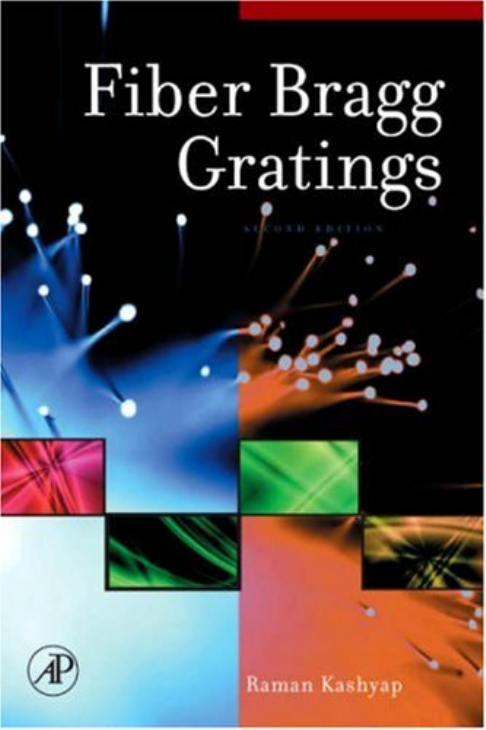
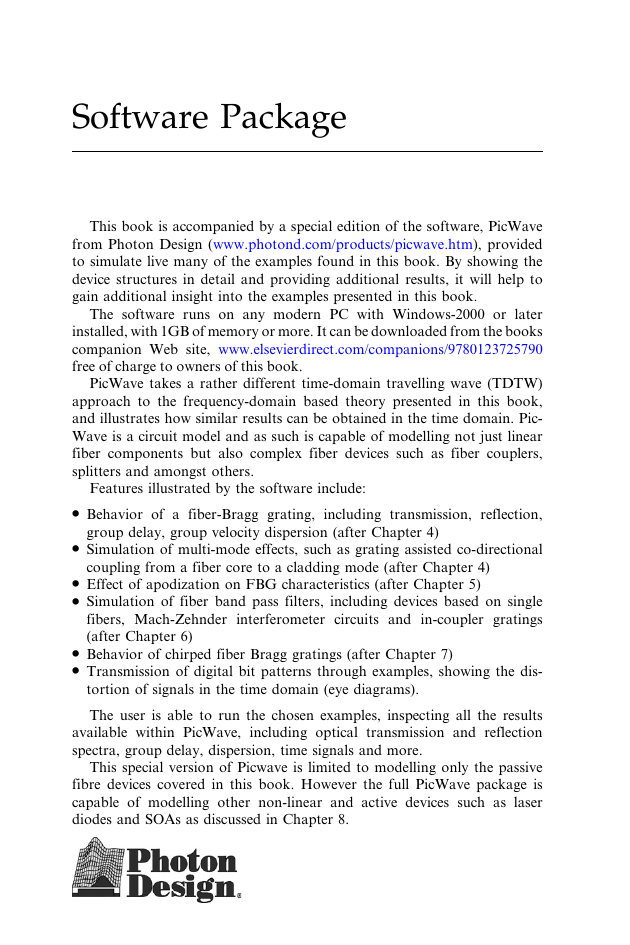
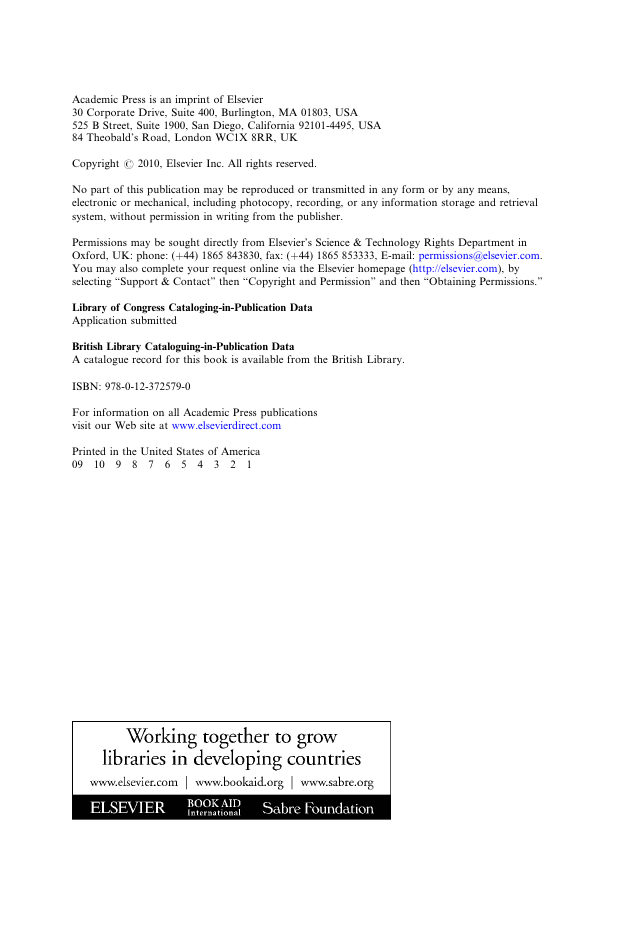


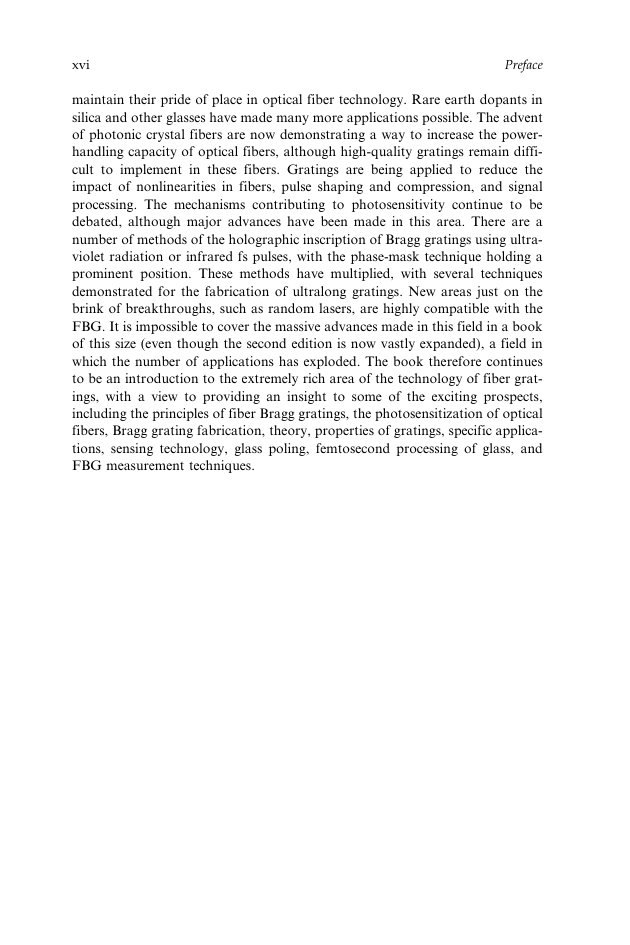
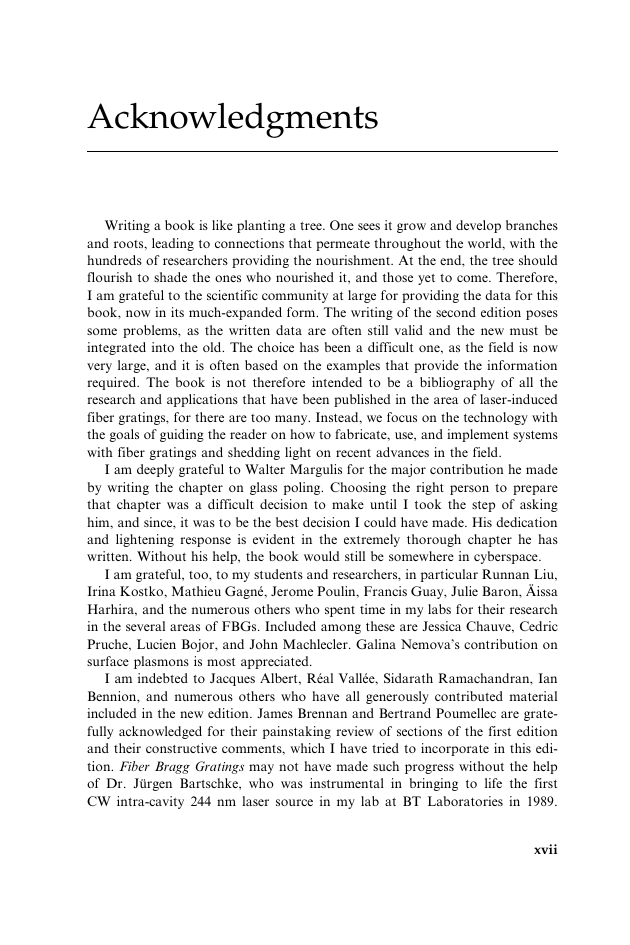
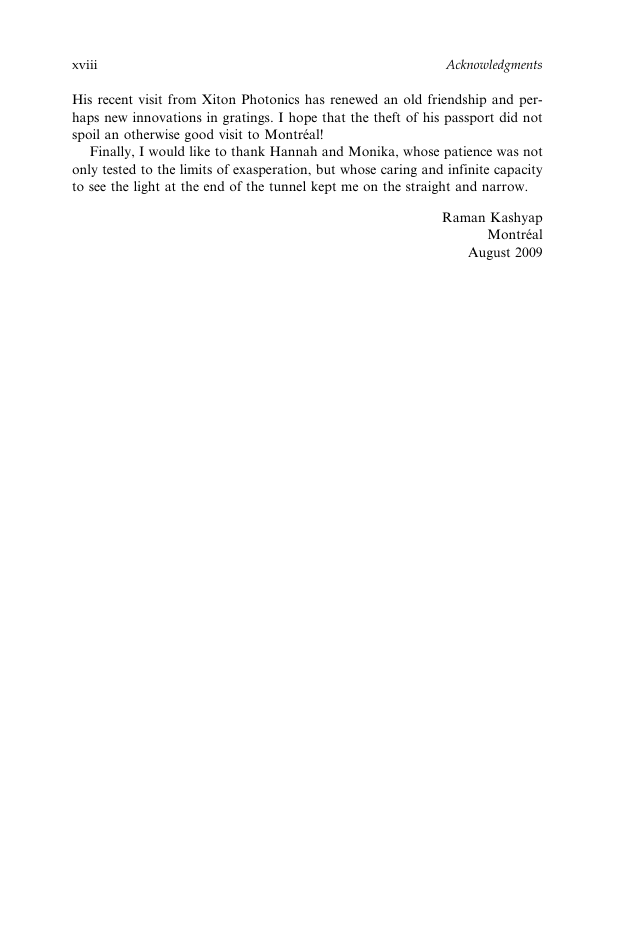








 2023年江西萍乡中考道德与法治真题及答案.doc
2023年江西萍乡中考道德与法治真题及答案.doc 2012年重庆南川中考生物真题及答案.doc
2012年重庆南川中考生物真题及答案.doc 2013年江西师范大学地理学综合及文艺理论基础考研真题.doc
2013年江西师范大学地理学综合及文艺理论基础考研真题.doc 2020年四川甘孜小升初语文真题及答案I卷.doc
2020年四川甘孜小升初语文真题及答案I卷.doc 2020年注册岩土工程师专业基础考试真题及答案.doc
2020年注册岩土工程师专业基础考试真题及答案.doc 2023-2024学年福建省厦门市九年级上学期数学月考试题及答案.doc
2023-2024学年福建省厦门市九年级上学期数学月考试题及答案.doc 2021-2022学年辽宁省沈阳市大东区九年级上学期语文期末试题及答案.doc
2021-2022学年辽宁省沈阳市大东区九年级上学期语文期末试题及答案.doc 2022-2023学年北京东城区初三第一学期物理期末试卷及答案.doc
2022-2023学年北京东城区初三第一学期物理期末试卷及答案.doc 2018上半年江西教师资格初中地理学科知识与教学能力真题及答案.doc
2018上半年江西教师资格初中地理学科知识与教学能力真题及答案.doc 2012年河北国家公务员申论考试真题及答案-省级.doc
2012年河北国家公务员申论考试真题及答案-省级.doc 2020-2021学年江苏省扬州市江都区邵樊片九年级上学期数学第一次质量检测试题及答案.doc
2020-2021学年江苏省扬州市江都区邵樊片九年级上学期数学第一次质量检测试题及答案.doc 2022下半年黑龙江教师资格证中学综合素质真题及答案.doc
2022下半年黑龙江教师资格证中学综合素质真题及答案.doc